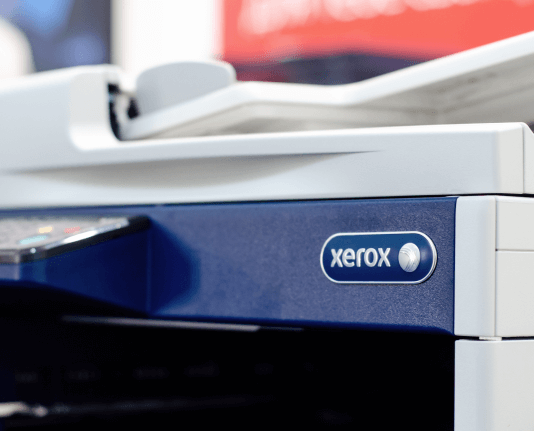Streamline your Sales Order Management Process with airSlate SignNow
See airSlate SignNow eSignatures in action
Our user reviews speak for themselves






Why choose airSlate SignNow
-
Free 7-day trial. Choose the plan you need and try it risk-free.
-
Honest pricing for full-featured plans. airSlate SignNow offers subscription plans with no overages or hidden fees at renewal.
-
Enterprise-grade security. airSlate SignNow helps you comply with global security standards.

Sales Order Management
airSlate SignNow Benefits
airSlate SignNow empowers businesses to send and eSign documents with an easy-to-use, cost-effective solution. It offers a great ROI with a rich feature set, is easy to use and scale for SMBs and Mid-Market, has transparent pricing with no hidden fees, and provides superior 24/7 support for all paid plans.
Experience the benefits of airSlate SignNow today and optimize your document signing process for success.
airSlate SignNow features that users love
Get legally-binding signatures now!
FAQs online signature
-
What are the 4 stages of order management?
This process is called order management, which is basically keeping track of customers' orders and handling the steps involved with fulfilling them. The process generally consists of accepting the order; picking, packing, and shipping the items mentioned in the order; and finally tracking them until they get delivered.
-
How do you manage orders effectively?
Effective Order Management Define - Understand what the customer requires. Commit - Make the promise to deliver. Produce - Manufacture or acquire the product. Deliver - Get the product to the customer. Respond - Provide information throughout the order cycle.
-
What is SAP sales order management?
You can use sales order management and processing for a seamless integration into the sales process chain, which spans from quote to shipment and from billing to booking revenue. You can represent presales business processes using sales inquiries and sales quotations.
-
How do you manage sales orders?
The sales order management process starts with a sales quote — a document that estimates the cost of a customer's order and outlines payment terms. A sales representative creates the quote based on a customer's needs and sends it to them for approval. A quote is just the first proposed price a seller gives their buyer.
-
What is easy way to sales order management?
Example of a typical sales order process flow Step 1: Receive the order. The first step in any sales order process is order receipt. ... Step 2: Generate a sales order. ... Step 3: Picking, sorting and packing. ... Step 4: Shipping. ... Step 5: Invoicing.
-
What is the sales order management process?
Sales order management is a set of actions performed by various arms of a company to process an order's lifecycle. This process guarantees a seamless transition from order placement, order processing, inventory management, warehouse management, payment process, invoice management to shipping the products.
-
What is the sales order process?
The buyer sends a request for a quote from a vendor. After receiving the request, the vendor sends back the quote. The customer considers the quote reasonable and sends a purchase order. The vendor receives the purchase order (PO) and generates a sales order using the details of PO.
-
What are the 4 stages of order management?
This process is called order management, which is basically keeping track of customers' orders and handling the steps involved with fulfilling them. The process generally consists of accepting the order; picking, packing, and shipping the items mentioned in the order; and finally tracking them until they get delivered.
Trusted e-signature solution — what our customers are saying
Related searches to make a sign
How to create outlook signature
[Music] order processing is the first part of the order management process let's listen in as anna explains how order processing works for different types of products for some products i fulfill orders from inventory but for others i need to schedule production can you explain why there are make to stock assemble to order and make to order products okay let's start with make to stock those are like our t stars right exactly those have predictable demand are low value and have infrequent design changes so we just make them based on the demand forecast and fulfill orders from inventory what about assemble to order that's what we do for our sports stars jackets they have less predictable demand our medium value and frequent design changes components are ordered based on a demand forecast but we assemble the sports stars only when we receive customer orders so that makes the eve designer jackets make to order right that's right they have unpredictable demand a high value and frequent design changes even components frequently become obsolete so it's risky to hold them in inventory we only order the components and make the eaves when we receive customer orders daniel sees that whether a product is make to stock assemble to order or make to order depends on the predictability of its demand its value and how frequently the design changes [Music]
Show moreExplore other deals cases
- Maximize Efficiency with Pipeline SCADA Alarm Management
- Streamline Your CRM Process Cycle with airSlate SignNow
- Optimize Your Customer Conversion Funnel with airSlate SignNow
- Enhance Pipeline Safety Management Systems with airSlate SignNow
- Revolutionize Your Customer Pipeline Management with airSlate SignNow
- Streamline Your Workflow with the Ultimate Saas Funnel Solution
- Revolutionize Your SAAS Sales Process with airSlate SignNow
- Deals cas - 7



























